|
1 Comment
"I used to believe making an Olympic Team was going to define my running career, until I didn’t make one, 4 times. I wondered what more is there in running than simply success measured by a number or a place? It’s who we become striving to be our best. For me its sharing the journey from start to finish with all the messy in between. It means leaving a mark on the sport in wherever my passion lies. Even if it’s a different path than how most people are doing it, my mom likes to say, “Stand for something, or you’ll fall for anything.” Stephanie Bruce, American long-distance runner
I was lucky enough to come across this quote by Stephanie Bruce right when I needed it. It resonated with me so much as a runner, athlete, mom, woman, and just overall human being. We all have goals & hopes & dreams for our futures - ways we envision our lives going and how we think things "are supposed to be." But sometimes, if we cling too tightly to how we think things "should” be, we run the risk of missing out on SO many other possibilities of how things "could" be. Sports can absolutely be about winning, times, places, scores…but they can also impact and contribute to ours and others’ lives in SO MANY OTHER WAYS, ways in which we might not have known or pictured...and ways which we might entirely miss out on if we become too narrowly focused on our own (often short-sighted) vision of things. As a personal anecdote, recently, I decided to start training again. After a “brief” 10-year+ hiatus 🙄, my hope was to see what I might be able to accomplish in the all-mighty Master’s division. My plan was to start training again at age 40. But then...the pandemic hit & all my supposed newfound freedom vanished. So, I shifted my sights to age 41. But then...apparently a year of so much stress & sitting & staring at my computer for work wreaked havoc on my already out-of-practice and now mom-of-two-kids body and a nagging injury interfered with my plan yet again. A year of rehab - consisting of PT, chiro, sports massage, and mind-numbing exercises and stretches - & I was finally feeling back on track, ready again now at the ripe age of 42. This time though I was feeling more fit, strong, focused, surrounded by some great camaraderie, and feeling encouraged by some great workouts. I entered my 1st race - which I thought of as more of a lets-see-how-this-goes training run - since 2011. It was a far cry from the times I used to run but, running just under 7 min pace in my 40s had me feeling pretty damn happy & hopeful. Until, again...a serious of unfortunate events...another injury…& feeling back at square one. I’m kind of embarrassed to admit how devastating this felt to me at the time & what it did to my mood for a bit. I had goals, dammit! Times I "should be hitting," races I was "supposed to be running." My hopes of finally "feeling like a runner" again and being able to "contribute to my sport” once again felt like they had vanished. Was I even a runner again if I wasn’t racing? Can you be part of a sport if you are no longer competing or even on a team? This quote by Stephanie Bruce- who by the way is a 38 yo mom (of 2 sons born 15 mths apart!) with diastasis recti, Celiac disease & a congenital heart condition - reminded me that sports can be SO MUCH MORE THAN THAT. Sure, our contribution for a period of time can be defined by the times we’ve run, the places we’ve come in, the points we’ve scored - but that comes to an end at some point in time for EVERY SINGLE ATHLETE no matter what the age or level. And sadly, we've been seeing more & more of the devastating effects that can occur when athletes are unprepared for this “ending,” don’t know how to translate what they have learned into other areas of their lives,or have little else they identify with besides their success as a competitive athlete. So, if you are involved in the world of sports or athletics in any capacity, can you begin trying to imagine what ELSE it means to be "an athlete" outside of the competition? What other ways are there to contribute through sport besides just as a competitor? If you are an athlete yourself, could you maybe one day become a coach....and if you are a coach, rather than coaching at a costly, private youth sports league that attracts mainly privileged families, could you find a way to help coach under-served, at-risk populations? (Side note, my cousin Chris Serrao has found a way to do this through the NYPD Police Athletic League and it is nothing short of inspiring). Can you use your platform as an elite athlete to raise awareness of or provide resources for a cause you are passionate about? Can you enter races or competitions that benefit a worthy cause (or create one of your own)? Can you find a way to connect with, help or use whatever expertise you have to help address the mental health crisis affecting so many of our young athletes today? Could you focus on the process, experience, relationships built, & lessons learned through sport rather than just the final outcome? Stephanie Bruce reminded me that there are so many ways we can leave our mark as an athlete - & these can morph & grow & change throughout our lifespans...if we let them. If we cling too tightly to our one set plan or strict set of goals, we might lose sight of this & miss out on SO many other things the world of sport has to teach, offer & contribute. I am constantly changing & adjusting what it means for me, personally, to be "an athlete". It's not always easy (or voluntary) and it's oftentimes pretty humbling, but I can honestly say I don't know if I'd be the person I am, in the career I am in, or have had the privilege of getting to meet & connect with & learn from all the amazing people I have, if I had clung so tightly to my original plans and followed so rigidly along the path I thought I was "supposed to” go down when I first started out.
Click to set custom HTML
 Lifelong runner and licensed psychologist Holly Serrao-Fitzsimmons, Ph.D., knew something was wrong after the birth of two premature sons, in 2012 and 2015. She was experiencing something she was trained to diagnose: post-traumatic stress disorder or PTSD. When her first son was born at just three and a half pounds, she described being in a state of shock, feeling frozen in her body, and on high alert. For several months, her son’s life hung in a delicate balance. MORE FROM RUNNER'S WORLD ON APPLE NEWS How Nell Rojas Builds the Strength Needed to Take on Marathons When her firstborn came home, it wasn’t joy she felt, but rather anxiousness and fear about what could happen or go wrong. “I would relive the birth and events leading up to it. I would relive images of them and moments experienced in the NICU. I would then avoid certain streets or areas of town—like the area around the hospital,” Serrao-Fitzsimmons says. “Certain smells of the hospital and certain types of antibacterial gels and soaps they used there would really bother me. Increased arousal was probably the biggest symptom I had. I was on high alert, hyper-vigilant for a long time afterwards.” At that time, she confirmed her PTSD diagnosis with her therapist. What is PTSD? PTSD was formally added to the list of neurological and mental conditions by the American Psychiatric Association in 1980, after many Vietnam veterans were treated for it. Today, the diagnosis is broadly accepted and understood to be a result of experiencing any type of traumatic event outside of the body and mind’s ability to process or control it. PTSD is an intense physical and emotional response to a traumatic event that persists long after the trauma occurred. The CDC defines the symptoms as falling into three broad types: re-living, avoidance, and increased arousal. Many humans will experience a traumatic event in their lifetime. Many will aptly process it within a few months. But for those unable to effectively process a significant trauma and move through it could be suffering from PTSD. Clinical neuroscientist Scott Hayes, Ph.D. associate professor in the department of psychology at The Ohio State University tells Runner’s World that PTSD is associated with symptoms such as involuntary and intrusive memories of the event, decreased attention and concentration, and avoidance of things that could trigger the unwanted memory, and further negatively impact mood and brain function. The Research on Running and Exercise Helping Those With PTSD One review, from Hayes and his team published in Frontiers in Psychiatry in 2019, looked at ten published studies that examined the impact of exercise interventions on PTSD. As noted in the review, one of the key features of PTSD symptoms is hyper-arousal—when the body is in a state of high alert and feels threatened, just as Serrao-Fitzsimmons felt after giving birth. Being in this state negatively affects the individual as it causes rapid heartbeat, heavy breathing, sweating, and a strong sense of agitation or fear of one’s safety. The researchers set out to determine if repeated exposure to those unwanted reactions—the increased heart rate, sweating, and heavy respiration—through activities like running, could eventually help patients with PTSD associate these feelings in the body with something positive. Hayes’ team noted in their review that those who did engage in vigorous-intensity exercise had fewer hyperarousal symptoms of PTSD. “Both observational and intervention studies provide support for the notion that anaerobic exercise, either alone or in combination with standard treatments, exerts positive mental health benefits among individuals with PTSD,” the report reads. “The results are encouraging as positive effects were observed in both civilian and military populations, as well as in both predominantly female and male study samples.” We know that running elicits the same physiological responses in the body as PTSD (that increased heart rate, perspiration, and respiration), so if a patient with PTSD has repeated exposure to exercise, and these physiological symptoms, over time they learn that these arousal cues are not catastrophic and are not linked to the traumatic event, Hayes says. (He still advises that exercise should be used in conjunction with other forms of cognitive therapy and/or medication depending on the patient’s symptoms.) “Aerobic exercise like running can also improve cognitive function, as well as enhance brain structure and function,” Hayes explains. “In studies of aging, we know that aerobic exercise enhances cognitive functions, including reducing distractibility. We also know that anaerobic exercise can positively impact brain structure and function in some of the same brain regions that are associated with PTSD.” First-Person Accounts of Exercise Supporting PTSD Recovery Long after the birth of her son and per the recommendation of her son’s therapists to offer outdoor stimulation, Serrao-Fitzsimmons started running again, this time pushing a stroller. She quickly noticed it was beneficial for her own mental health. Over time, her constant fear and panic of her son’s survival and possible complications started diminishing. “Running through the woods I don’t have to think. It’s grounding and an opportunity to associate the experience of sweating and breathing heavily with something positive happening in my body. It’s about associating that feeling with something that’s not scary or bad and dissociating that feeling with trauma.” After the birth of her second premature baby, Serrao-Fitzsimmons says the same symptoms returned, but this time she knew social support, therapy, medication, and running were important to her recovery. “PTSD is often treated with cognitive approaches, which leads us to oftentimes forget that trauma itself is also an embodied experience, meaning that one can physically hold the effects of trauma in their bodies,” says Viann Nguyen-Feng, Ph.D., M.P.H., assistant professor of psychology at the University of Minnesota Duluth, and director of the Mind-Body Trauma Care Lab. “During a traumatic event, our bodies may react and respond in ways that were necessary for our survival and that might have seemed outside of our control.” James Whitworth, Ph.D., health science specialist at VA Boston Medical Center, and assistant professor in the department of psychiatry at Boston University School of Medicine, experienced this first-hand. When he returned home after serving in the United States Army as an E5 Sergeant and fire team leader in an infantry rifle platoon (in Iraq) from 2003 to 2007, as well as the National Guard, he felt like the trauma of war caught up to him. His roommate at the time said he would shout and thrash in his sleep. In 2012, Whitworth tragically lost a close friend to suicide, and then in 2013 the Boston Marathon bombing (not far from where Whitworth lives) brought forth intrusive memories of roadside bombs in the war to the surface. He describes his PTSD, which he wasn’t diagnosed with until 2013 (seven years after returning from Iraq), as taking the shape of hyperarousal and aggression. “It was a very messy time. I made the decision to get help on my own, but had the constant support of my partner,” he says. Whitworth started hiking and climbing mountains during this time and it proved to be a literal and figurative tool to his survival and motivation to get out of bed. He also says the loss of his friend was a deciding factor in his field of research. “My friend ended his life the same year I entered graduate school,” he says. Today, Whitworth focuses his research on how exercise can be applied to the treatment, rehabilitation, and prevention of PTSD among veterans and other trauma survivors. The Case for Movement and Therapy in Treating PTSD “Running and other forms of somatic movement (like yoga, dance, or Tai Chi) help us reconnect with our bodies, to acknowledge all that our bodies had to do to ensure our survival, and importantly, to remind our bodies that we have survived; there is no longer a survival need to hold ourselves in fight, flight, freeze, or fawn mode,” Nguyen-Feng explains. In other words, movement is a chance for patients suffering with PTSD to release stress they might be holding onto. Nguyen-Feng goes on to say, “Running and other forms of somatic movement allow us to tap into the inner wisdom of our bodies and provide a method of grounding us in the here and now, rather than being stuck in our minds.” Today, Serrao-Fittzsimmons realizes the grounding practice of running. While she still gets triggered when her children are sick, having a consistent running routine helps her manage these triggers. “Running helps me be more present and calmer; it’s kind of like staring out at the ocean—it gives me perspective and helps me see solutions to problems,” she says. Whitworth also says the tools he’s gained in therapy and from exercise have helped him to be more prepared for stressful life events. How Therapists Incorporate Movement Because of the promising pay-offs of exercise when it comes to mental health, some mental health therapists will even incorporate exercise into their sessions in order to further help their patients. For example, Los Angeles-based therapist Sepideh Saremi, LCSW, founder of Run Walk Talk, has built a practice around getting her clients moving and talking. She holds sessions outside along the Pacific Ocean, walking or running with clients. “In addition to the neurochemical benefits of running (including release of the mood-boosting brain chemicals serotonin and dopamine), it also helps support people’s feeling of self-efficacy and ability to concentrate,” she explains. “Exercise can often help people feel a sense of control, which can counteract the feeling of helplessness that’s part of PTSD.” Saremi works with clients who’ve experienced a wide array of trauma from childhood abuse to sexual abuse. “In a Run Walk Talk session, I run and walk with patients and clients at the beach while we talk about the things they want to change in their life. We usually spend about forty minutes running and walking, and about ten minutes in my office afterward to cool down and talk about what they’re taking from the session and what they’ll do before the next time we meet,” says Saremi. “I started running right around the time I started graduate school to become a therapist, and was curious about how running was being used to treat mental health. When I looked into it, I realized there was a ton of evidence to support running and walking as a mental health intervention, but I didn’t know any therapists who were doing it,” Saremi adds. “That’s where the idea for it was born, though since starting Run Walk Talk, I’ve discovered a number of therapists who incorporate running into their work, and I’ve trained many therapists myself, as well.” What to Know Before Trying Exercise for PTSD Recovery While Hayes’ acknowledges that many of the current studies provide some evidence for the positive influence exercise may have on PTSD symptoms, most of the current studies either test a very small number of participants or lack a control group. So more research is needed to truly confirm the results. Nguyen-Feng also reminds us that it takes a support team—whether that’s in the form of community or individual therapy sessions—to help address mental health conditions. “I think bodily movement is necessary and complementary to any ‘work’ we do with our minds, and professional and/or social support is necessary for healing,” Nguyen-Feng says. “So I encourage runners and interested runners to consider that support integral to their training regime or running schedule.” Saremi also reminds patients who’ve experienced trauma and haven’t exercised before to walk or begin running with people you feel safe around, so you’re more comfortable. How to Find a Therapist It can be overwhelming for patients to find a good therapist. “There are a lot of factors to consider: cost, your goals, the therapist’s training, and interest areas are often the most relevant,” Saremi says. Know that the process can take some time, but the advantages are worth the effort. Saremi suggests TherapyDen, a free online directory of inclusive and affirming therapists. You can also check out Psychology Today and Psychologist Locator to search for therapists in your area, or try Teledoc for virtual appointments. If you or someone you know if suffering from PTSD and needs immediate help, contact the National Suicide Hotline. Opinion | Mariko Yugeta and the Motivating Power of Regret - The New York Times (nytimes.com)
By Lindsay Crouse American culture is saturated with advice on managing regret — which generally amounts to pretending we don’t experience it. The Library of Congress lists some 50 books with “No Regrets” in the title. Hashtags with the same slogan splay across Instagram reels and pastel-painted particle board on Etsy. The message is clear: Regret is self-defeating, backward-looking, a negative feeling to avoid at all costs. But for Mariko Yugeta, regret has been a propellant. At 63, the Japanese athlete has quietly become the fastest woman in her age group ever to finish a marathon. She’s a sexagenarian who is beating the times she chased as a promising amateur athlete in her 20s. After putting her athletic goals aside for decades to raise children and pursue a full-time career, in 2019 she became the first woman over 60 to run a marathon in under three hours. In January 2021, at age 62, she ran her fastest marathon ever, in 2:52:13 — meaning the world records she’s now breaking are the ones she set. As Yugeta reclaims the dreams she once abandoned, she says her athletic breakthrough is “fueled by regret.” “I don’t think the feeling of regret is a negative emotion,” Yugeta told me. “What’s negative are thoughts like, ‘I can’t run fast anymore’ or ‘I’m too old to do this,’ and I think that it’s an entirely positive way to live, to use any regrets you might have as motivation to achieve a goal.” I’d never heard of someone with a comeback story quite like Yugeta’s, which strikes me as a case study in how regret doesn’t have to drag us down. Used the right way, it can inspire us.Yugeta didn’t ever stop wanting to win, she explained. “I’ve always wanted to be No. 1,” she told me. “That’s what’s gotten me out the door on rainy and windy days.” Of course, there’s a reason we put so much effort into denying regret: The feeling can be corrosive. One study on the topic asked participants to describe their “most burdensome regret” before bed. If you’ve ever done this voluntarily, it won’t surprise you to learn that those subjects took 61 percent longer to fall asleep than those who simply pictured an ordinary day. Yugeta shows what happens when we think differently. Her story tracks with the research of the author Daniel Pink, who spent the early part of the coronavirus pandemic helping conduct a huge quantitative analysis on regret — a popular theme during that period. His website, World Regret Survey, has collected more than 19,000 regrets from people in 105 countries. Among the most common regrets people recounted, as described in Mr. Pink’s recent book, “The Power of Regret: How Looking Backward Moves Us Forward,” were “not pursuing higher education (or not taking it seriously enough), turning down opportunities to travel, and missing final chances to connect with loved ones.” Another common one: not ending a bad marriage. Mr. Pink’s findings suggest that we tend to regret what we didn’t do far more than what we did. Psychologists call those “regrets of omission,” as opposed to “regrets of commission.” Mostly, we regret playing it safe. “We need plenty of positive emotions in our portfolio. They should outnumber the negative ones,” writes Mr. Pink. “Yet overweighting our emotional investments with too much positivity brings its own dangers. The imbalance can inhibit learning, stymie growth and limit our potential. That’s because negative emotions are essential, too. They help us survive.” Mr. Pink’s findings depict life as an endless decision tree, where we’re compelled to pick one path to the exclusion of all others. As explored in the recently released film “Everything Everywhere All at Once,” the result can feel like a multiverse of the lives we didn’t live. Joshua Rothman discussed a similar idea in a 2020 essay for The New Yorker, “What if You Could Do It All Over?” “We have unlived lives for all sorts of reasons: because we make choices; because society constrains us; because events force our hand; most of all, because we are singular individuals, becoming more so with time,” Mr. Rothman wrote. “Even as we regret who we haven’t become, we value who we are. We seem to find meaning in what’s never happened.” Yugeta told me about one branching point on her own tree. “When I was young, I wanted to go to the Olympics,” she told me. “The regret I had about not making the Olympics was that in order to get there you had to be No. 1 in Japan, and I wasn’t.” She fell short of a rival she would ordinarily beat, who ultimately earned the spot on the Olympic team that Yugeta coveted. “When she was named to the team I was full of jealousy,” Yugeta said. “I think that feeling is part of what makes me what I am today.” What she is today, of course, is someone who has confounded conventional narratives of aging while becoming the fastest woman her age in the world. For years, Yugeta prioritized opportunities in her life that brought different fulfillment: marriage, four children and her job as a high school physical education teacher in Saitama, near Tokyo. Consumed by these obligations, she only returned to training again in her 50s, once her children were grown. It was time to see what might be left. She joined a club and began studying the training approach of the fastest man in the world, Eliud Kipchoge of Kenya, incorporating the tactics and products he used into her own regimen. In 2017, when she was 58, she finally achieved the athletic goal she’d had her entire life: running a marathon in under three hours. Her first world record for her age group came two years later. Now she’s making up for lost time: She’s aiming for 150 marathons before she stops running. Her 115th was on Monday, at the Boston Marathon, where she had hopes of breaking her own record. Instead, she was vanquished by the hills and ran it in 3:06:27. But acknowledging her age, and the physical limits that generally accompany it, has been freeing. And while she may regret what she left undone in her 20s, she accepts the choices she made. “It’s a waste of time to think about days gone by,” she said. “What’s important is the here and now, and the future. How can you improve yourself in the days to come?” |
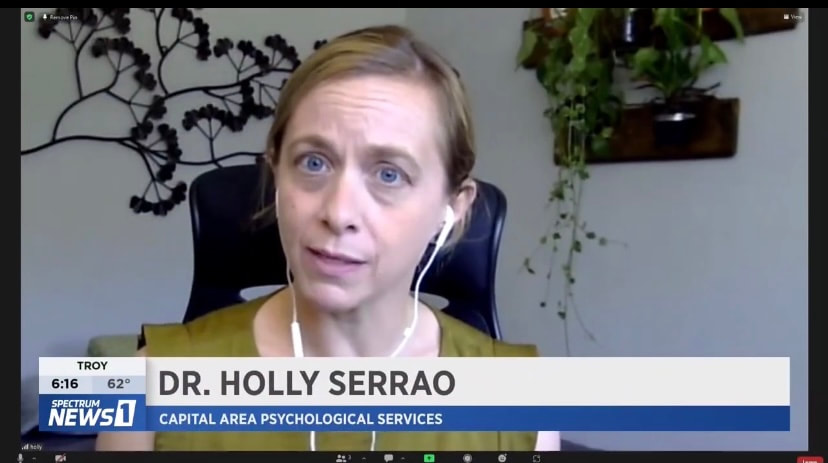
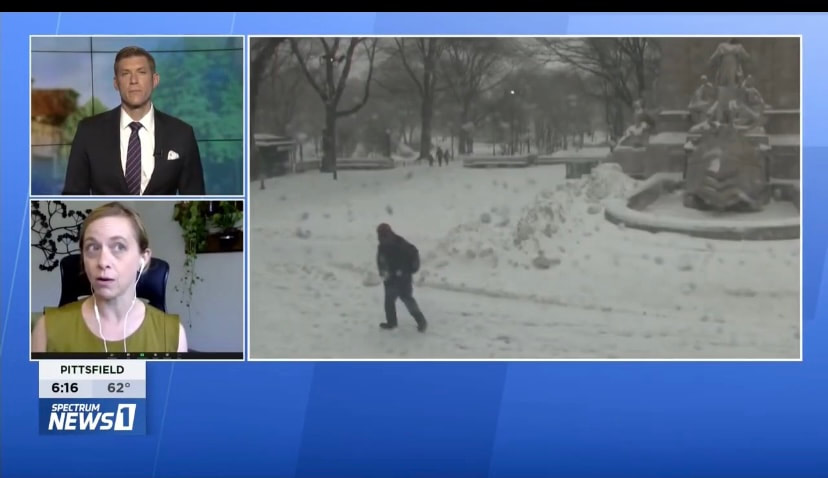
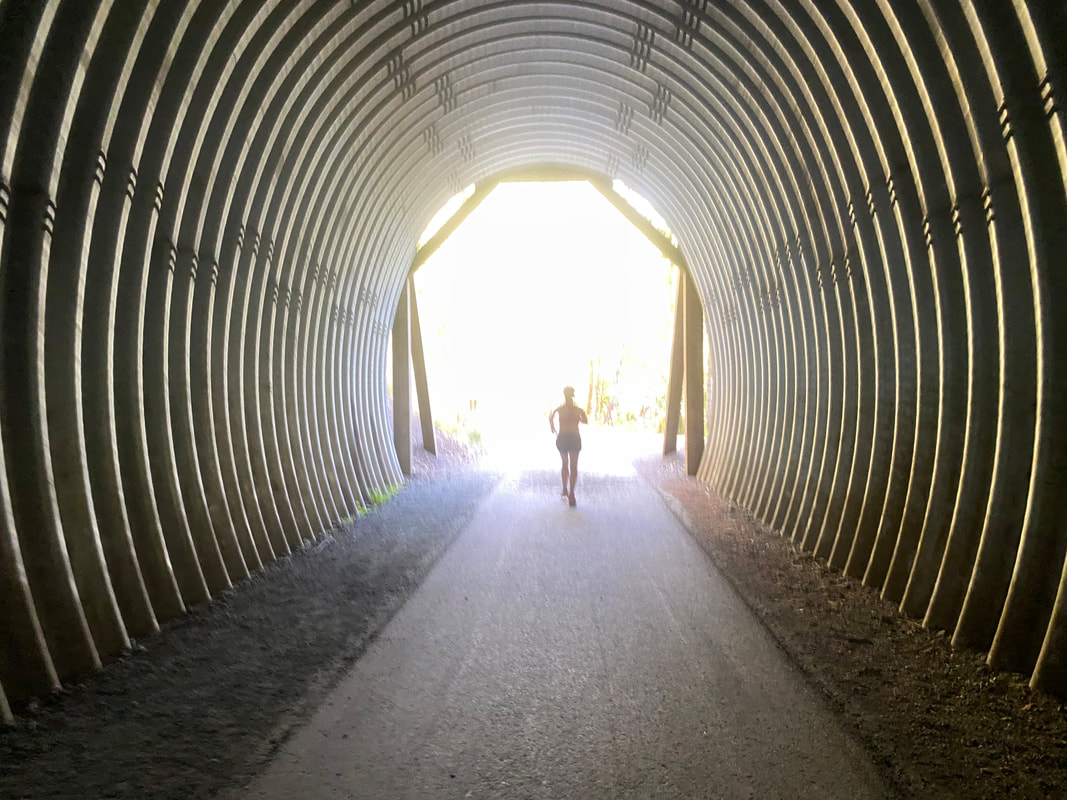
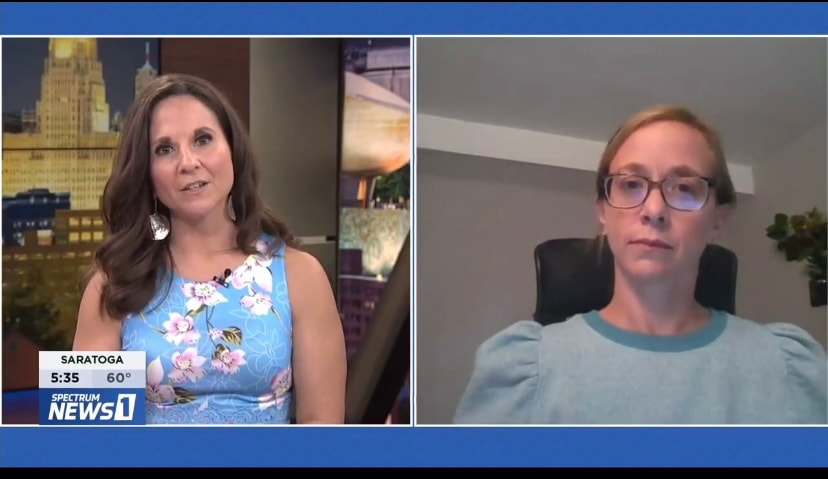
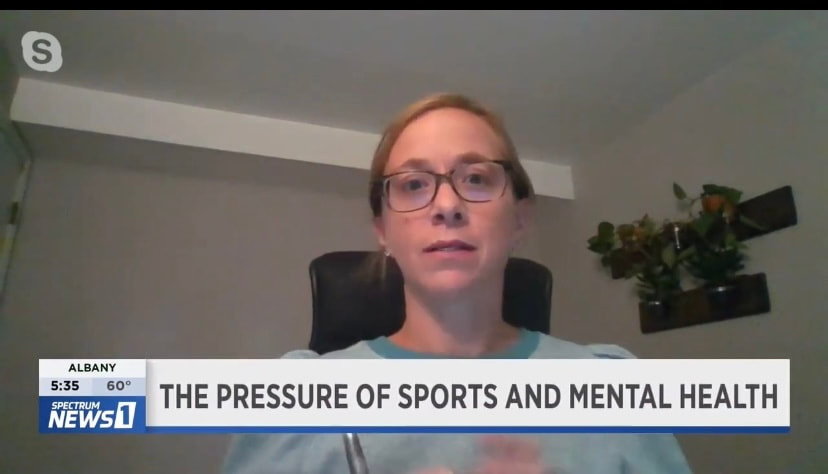
 RSS Feed
RSS Feed
